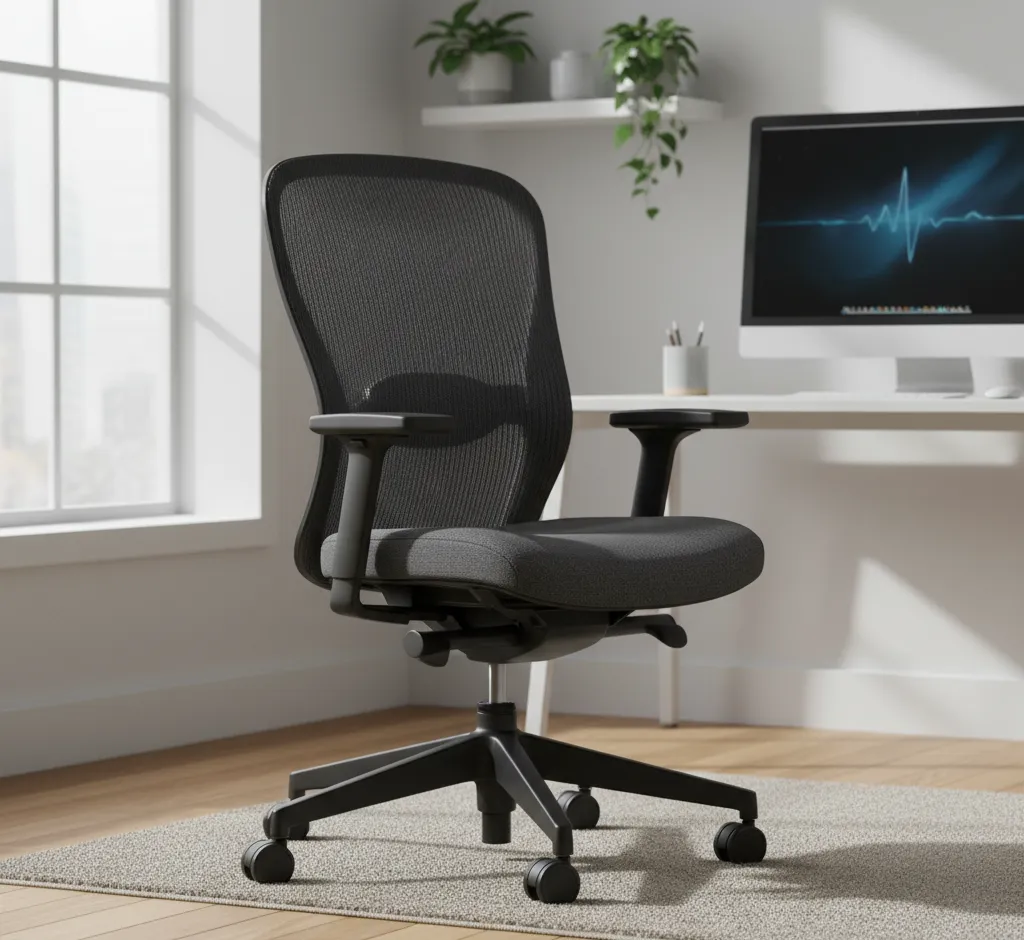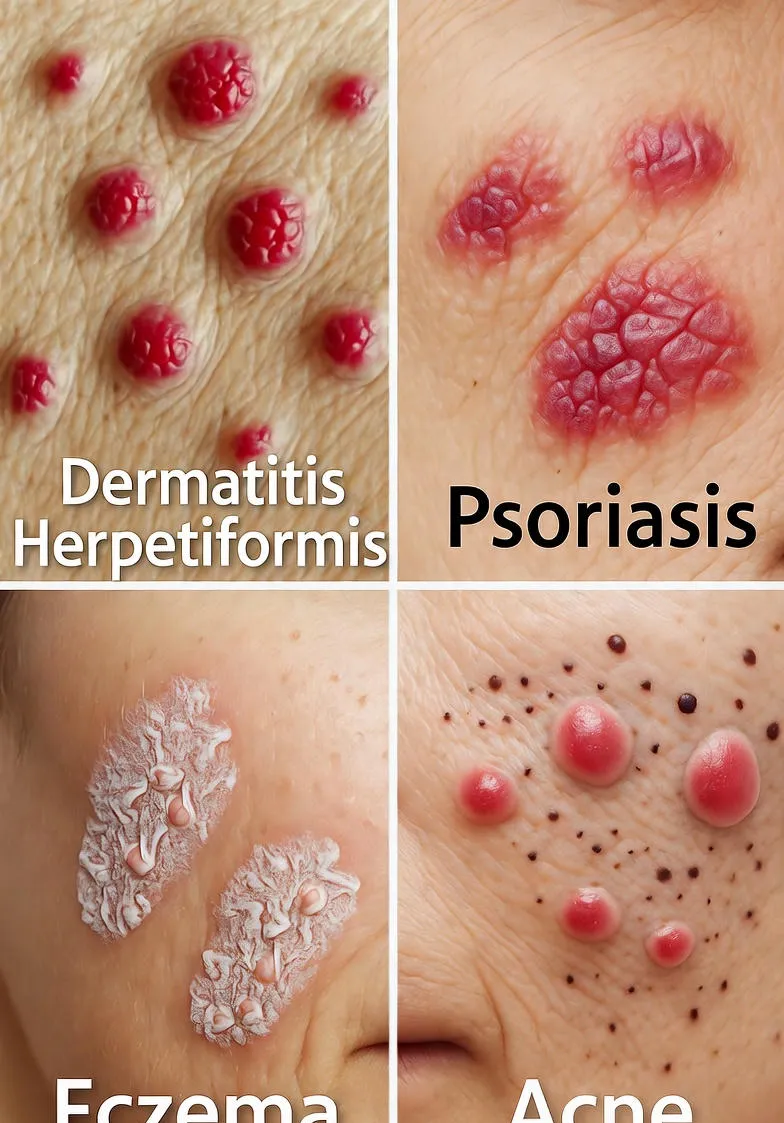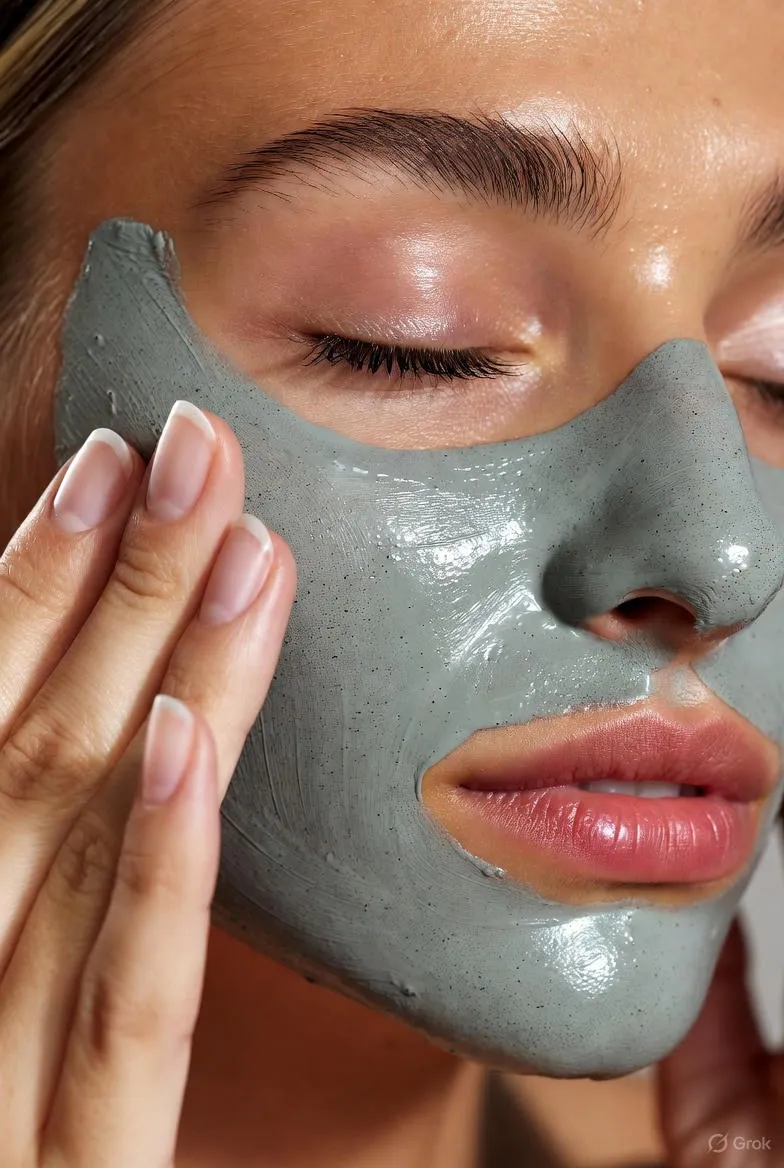The Silent Seat: A Comprehensive Guide to Office Chair Noise Reduction Features
Discover the essential office chair noise reduction features, including soft-tread casters, self-lubricating mechanisms, and dampening materials. Learn DIY maintenance tips (lubrication, tightening) to eliminate squeaks and creaks for a quiet, focused workspace.

The Silent Seat: A Comprehensive Guide to Office Chair Noise Reduction Features
In the modern workspace, where focus and concentration are paramount, the humble office chair is an unexpected yet significant source of noise pollution. From the squeak of a tired spring to the jarring rattle of a loose caster, these sounds chip away at productivity and disrupt the peaceful work environment. This comprehensive guide will dissect the noise reduction features of office chairs, delve into the materials and mechanisms that contribute to a silent experience, and provide actionable maintenance tips to keep your workspace the quiet sanctuary it was meant to be.
The Anatomy of Office Chair Noise
Before exploring solutions, it’s crucial to understand where the noise originates. Office chair sounds generally fall into two categories: Mechanical Noise and Friction/Movement Noise.
- Mechanical Noise: This is the classic squeak, creak, or rattle. It typically comes from the internal components: the tilt mechanism, the gas lift cylinder, or the junction points where metal bolts and screws meet. Rust, loose hardware, or lack of lubrication are the primary culprits.
- Friction/Movement Noise: This includes the sound of casters rolling (especially on hard floors), the scrape of a chair base against a floor mat, or the sound of the chair’s plastic or metal components flexing and rubbing against each other as you adjust your posture.
Advanced Noise Reduction Features in Premium Chairs
High-end office chairs are often engineered from the ground up with acoustics in mind, incorporating specific features to mitigate these two main types of noise.
1. Engineered Mechanisms and Materials
Precision-Machined and Lubricated Components
High-quality chairs use complex, precision-machined metal components in their mechanisms (tilt, recline, height adjustment) that fit together with tighter tolerances. This reduces the gaps that cause metal-on-metal friction and rattling. Furthermore, these mechanisms often come with:
- Self-Lubricating Bushings and Bearings: Instead of simple metal-on-metal joints, advanced chairs use components with Teflon or nylon bushings, which have a naturally low coefficient of friction. These parts eliminate the need for constant re-oiling and prevent the characteristic squeak.
- Heavy-Duty Springs and Dampers: The tension springs in the tilt mechanism are often encased or feature built-in hydraulic dampers. This prevents the spring ends from rubbing against the housing and provides a smooth, silent recline and return motion, a major source of loud noise in cheaper models.
High-Density Polymer and Composite Frames
While many chairs rely on metal for strength, premium options often use reinforced, high-density composite polymers or heavy-duty aluminum frames. These materials are inherently better at absorbing and dampening vibrations than thinner steel, resulting in a quieter, more solid feel. A dense material is less prone to resonating and amplifying minor creaks.
2. Silent Mobility: The Caster and Base Solution
The sounds generated by a chair’s movement are the most direct forms of noise. Specialized designs focus heavily on minimizing this impact.
Soft-Tread Casters (Rollerblade Style Casters)
The type of wheel is critical for floor noise:
- Hard vs. Soft Casters: Traditional casters are made of hard plastic (nylon), which is suitable for soft surfaces like carpet but extremely loud on hard floors (wood, tile, concrete). Noise-reducing chairs often come standard with soft-tread casters, featuring an outer layer of polyurethane or rubber. This soft tread dramatically reduces the noise of the wheel rolling and prevents floor damage.
- Rollerblade-Style Wheels: These casters use a wider, skate-style wheel with a soft, durable coating and are mounted on ball bearings rather than simple axles. The ball bearings ensure a silent, smooth glide and prevent the wheels from wobbling and rattling inside their housing.
Anti-Squeak Base Inserts
The junction where the gas lift cylinder meets the chair base is a frequent squeak point. High-quality chairs use polymer or rubber inserts (bushings) in the base socket to cradle the cylinder. This decouples the metal-on-metal contact, absorbing any rotational or up-and-down noise from the gas lift.
3. Upholstery and Acoustic Dampening
Sound-Absorbing Upholstery
While the chair itself makes noise, the materials used can also help absorb ambient office sounds, contributing to overall noise reduction:
- Fabric and Mesh: Upholstered chairs with thick fabric or high-quality, dense acoustic mesh (like those made from PET felt or certain wool fabrics) are better sound absorbers than vinyl or leather, which tend to reflect sound. These materials prevent sound waves from bouncing off the chair's surfaces.
- Padded Armrests: Hard plastic armrests can transmit vibrations or create noise when bumped. Chairs with padded or soft-touch polyurethane armrests absorb minor impacts and flex silently.
DIY Maintenance: Making Your Existing Chair Silent
Even a premium chair will eventually develop noise. Regular maintenance is the most effective way to address and prevent squeaks and rattles.
Step 1: The Tightening Protocol
The vast majority of squeaks come from loose hardware. Over time, the constant shifting of weight loosens bolts and screws.
- Flip the Chair: Turn the chair upside down to gain full access to the base, mechanism, and armrests.
- Tighten All Fasteners: Using an Allen wrench or a socket wrench, systematically check and tighten every accessible bolt and screw connecting the seat to the mechanism, the armrests to the seat/back, and the backrest to the seat. Tighten until snug, but be careful not to overtighten, which can strip threads or crack plastic components.
Step 2: Lubrication for Metal-on-Metal Contact
For persistent squeaks after tightening, the issue is likely friction. Use a proper lubricant.
- Recommended Lubricants: Use a silicone-based spray lubricant or lithium grease. Avoid oil-based lubricants like WD-40 for major components, as they can attract dust and grime, which ultimately worsens the squeak.
- Target the Mechanism: Spray the lubricant directly onto the joints, springs, and pivot points in the chair's tilt mechanism, especially where the tension spring connects.
- The Gas Lift Cylinder: Spray a small amount where the cylinder enters the control mechanism housing and where it enters the base. Roll the chair around and swivel while applying to work the lubricant into the joint.
- Casters: If the wheels squeak, remove them and spray the axle posts. If the wheel itself is squeaky, spray the internal bearings (if accessible).
Step 3: Addressing Floor Noise
The sounds generated on the floor can be the most jarring. The solution depends on your flooring type.
- On Hard Floors (Wood/Tile): If you have hard casters, replace them with soft-tread polyurethane casters. This is the single best noise-reduction upgrade. Alternatively, place an acoustically absorbent chair mat (look for rubber-backed options) under the chair to dampen the sound of rolling and scraping.
- On Carpet: Carpet can often cause hard casters to get stuck and drag, resulting in an irritating noise. Ensure your casters are designed for carpet (often harder plastic) or use a clear, smooth plastic chair mat to provide a solid rolling surface.
- For Stationary Chairs: If your chair doesn't have casters, use felt pads on the feet to eliminate scraping noise when the chair is dragged or adjusted.
The Broader Acoustic Environment
While this guide focuses on the chair itself, remember that the chair's noise is amplified by the room's acoustics. Creating a quiet environment is a holistic effort:
- Absorbent Surfaces: Hard, flat surfaces reflect sound (reverberation). Adding carpets/rugs, heavy curtains, and acoustic wall panels can dramatically reduce ambient noise, making the small sounds from your chair less noticeable.
- Strategic Placement: Place noise-reflective furniture (like metal cabinets) away from your main work area. Use fabric-covered desk screens or partitions to absorb direct sound from neighboring work areas.
Conclusion: Investing in Productivity
A silent office chair is more than just a luxury; it's an investment in a focus-driven environment. By prioritizing chairs with precision-machined mechanisms, soft-tread casters, and dampening materials, and by committing to a simple, regular maintenance routine (tightening and lubricating), you can eliminate one of the most persistent distractions in the modern office. The quiet seat allows for deeper concentration, less stress, and ultimately, greater productivity. Choose silence, and reclaim your peace.


